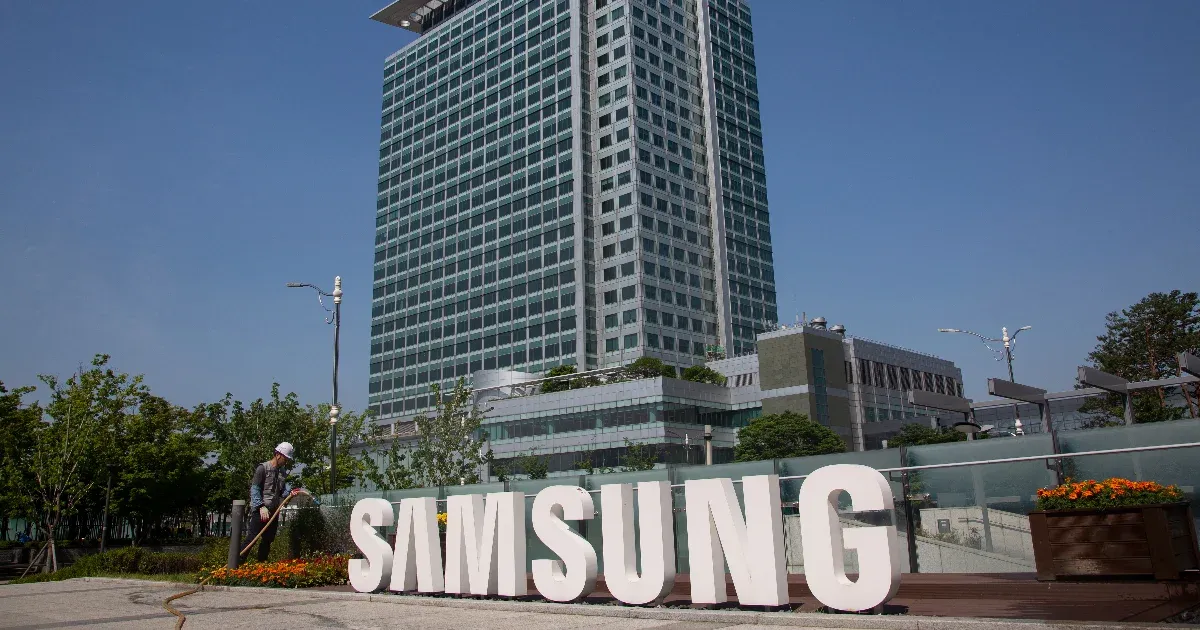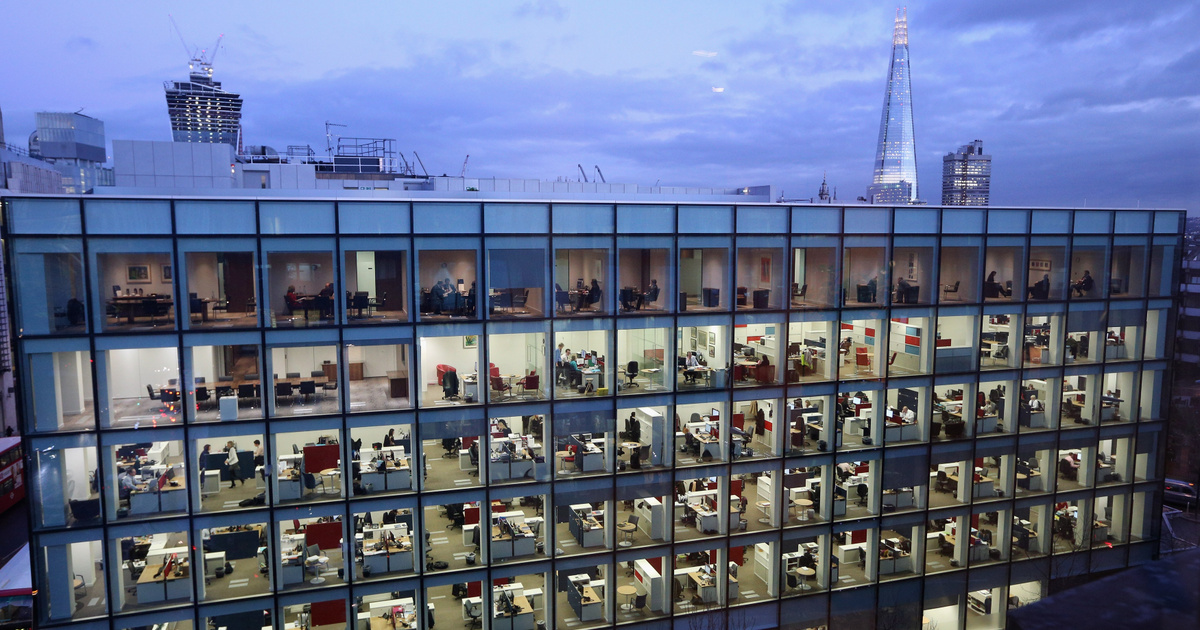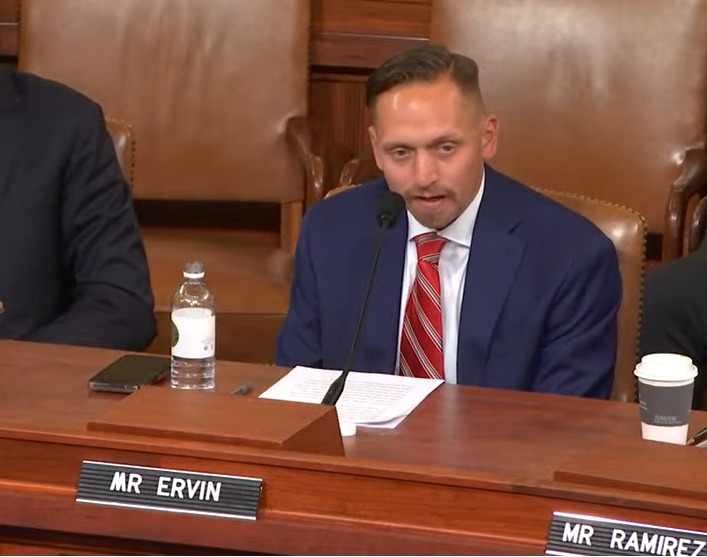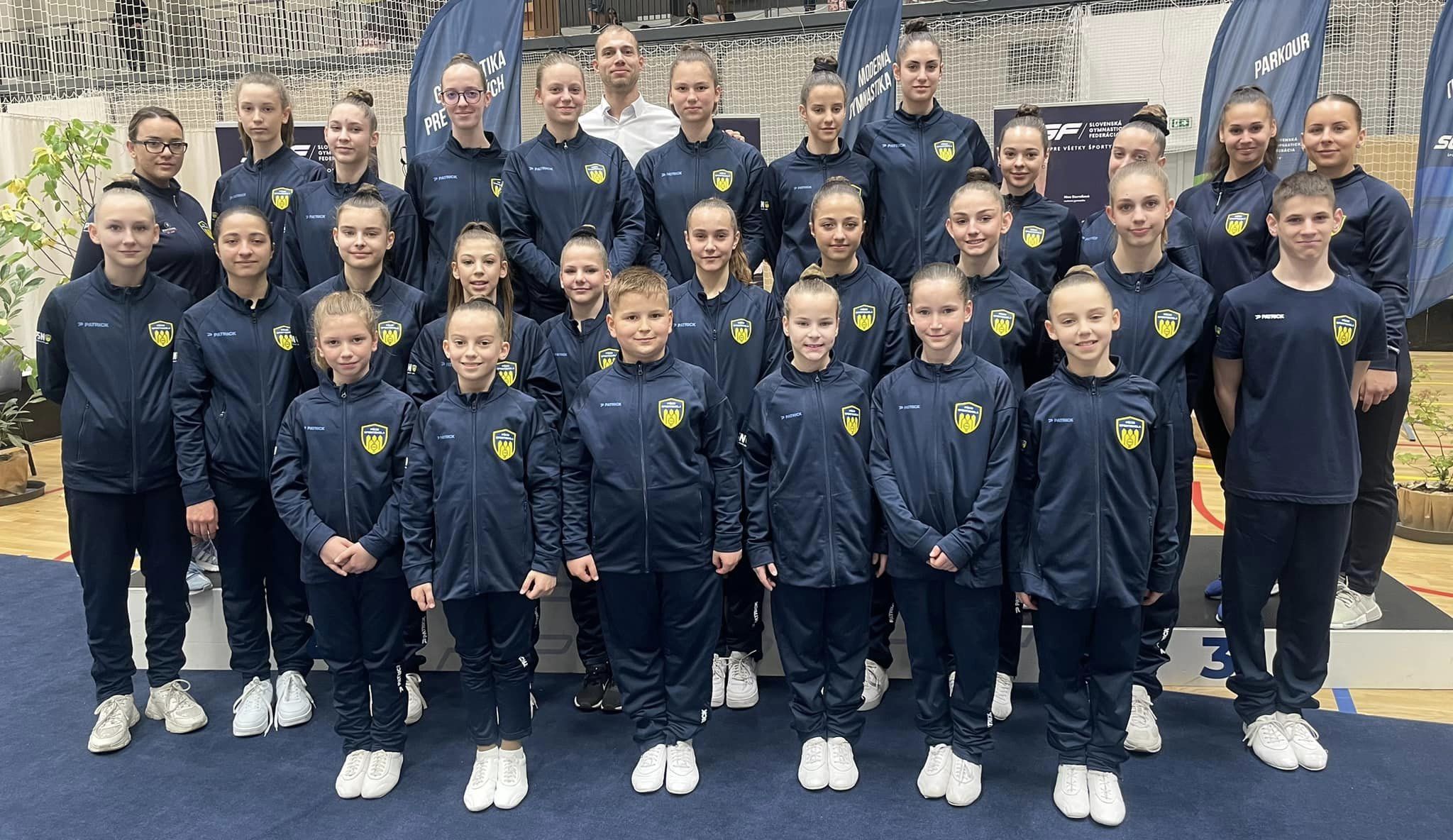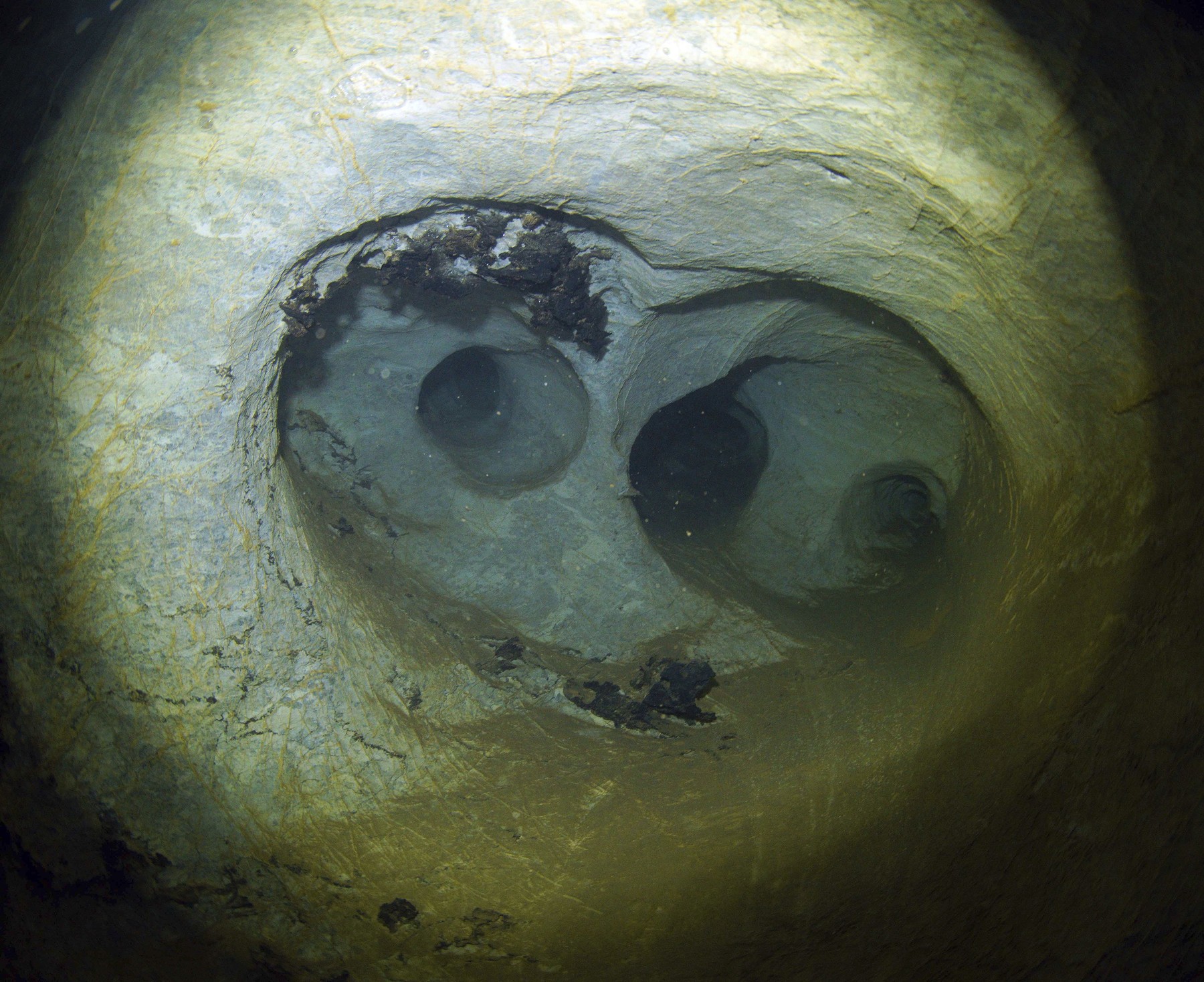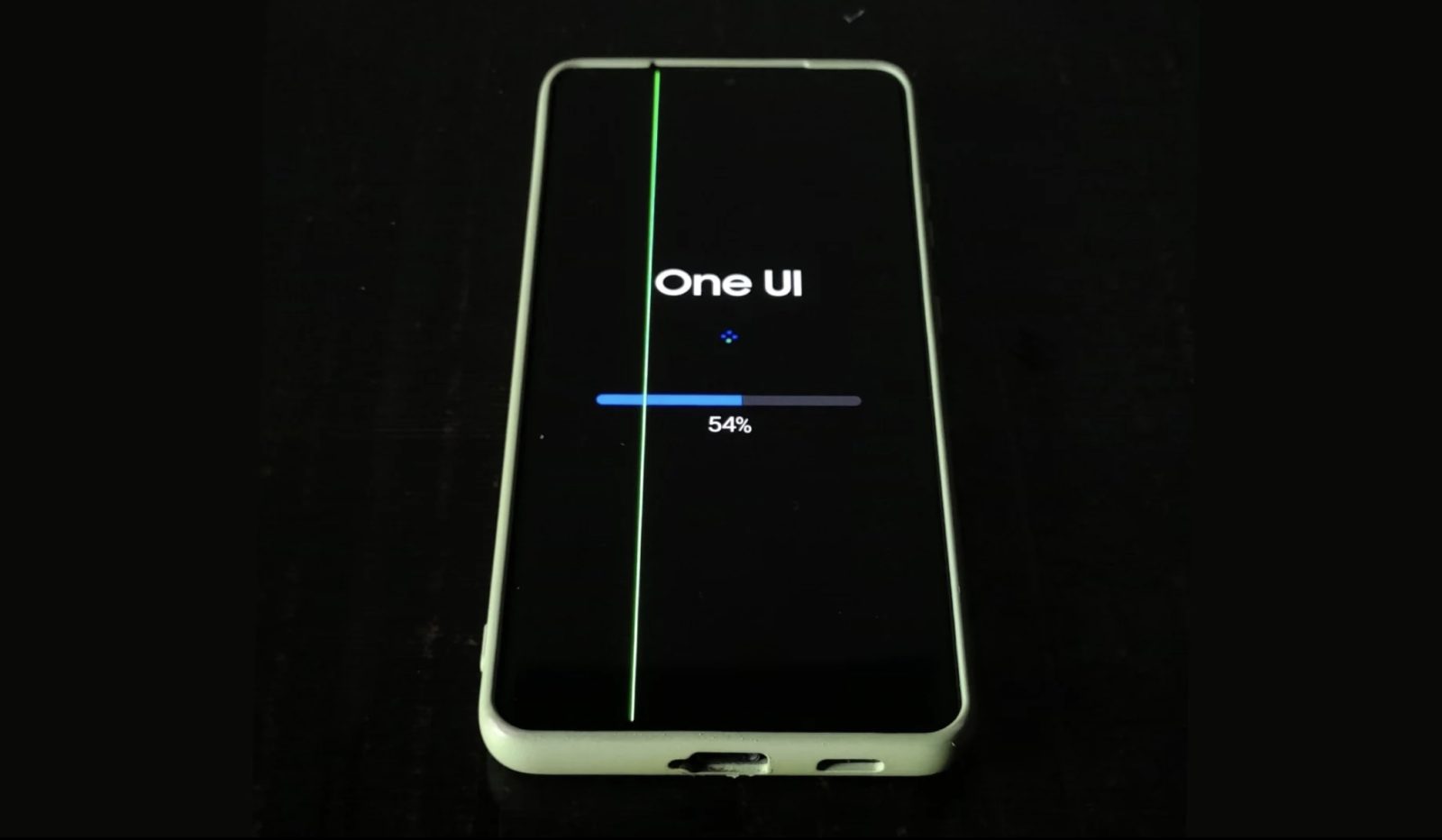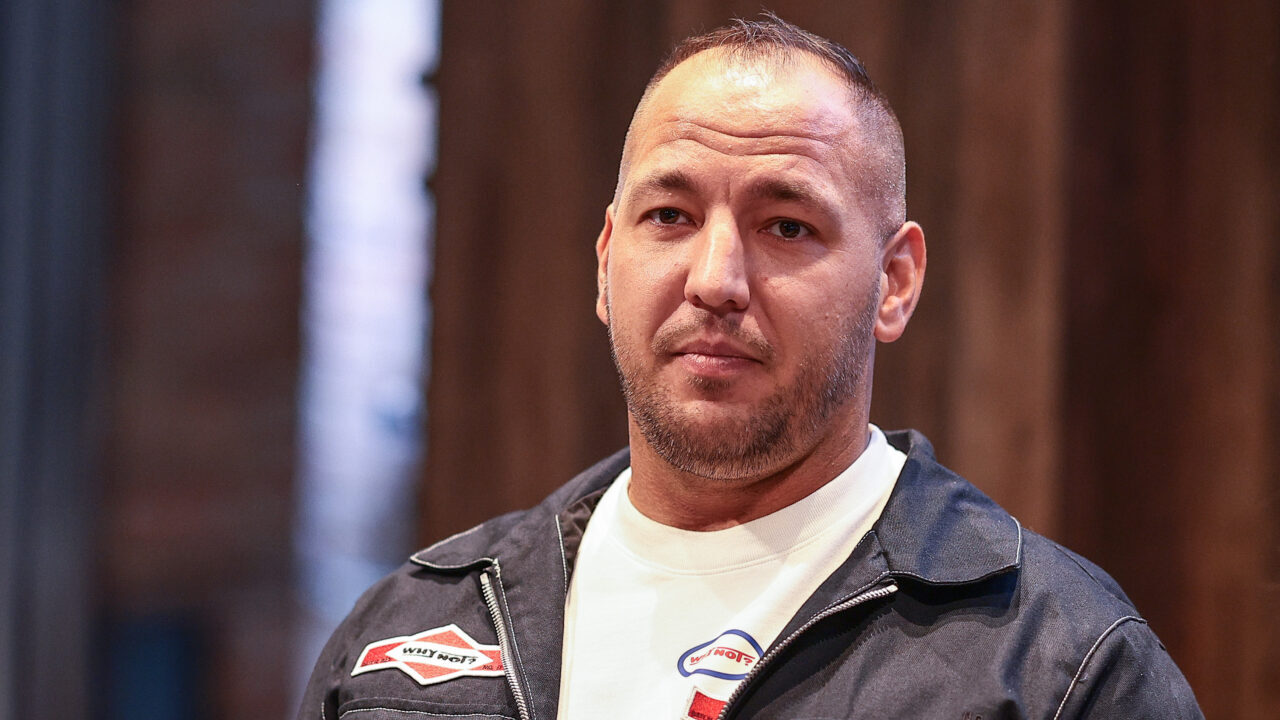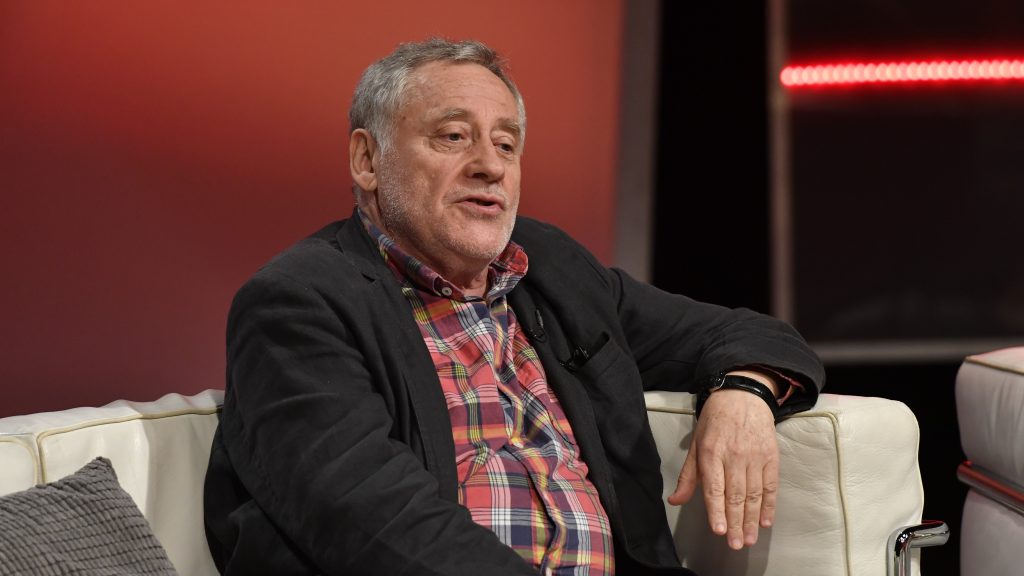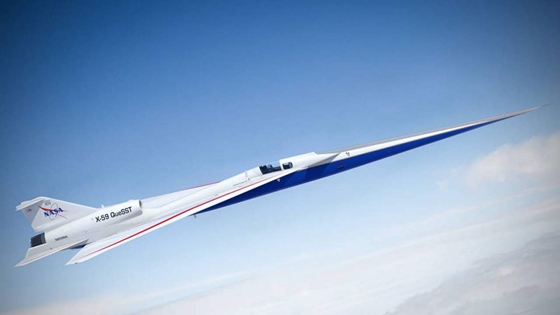[{“available”:true,”c_guid”:”435a8a3a-3c45-45d2-81ea-304be657dccf”,”c_author”:”hvg.hu”,”category”:”tudomany”,”description”:”A sóoldat nem veszélyes, de az igen, hogy a páciensek egyáltalán nem védettek a kórokozó ellen.”,”shortLead”:”A sóoldat nem veszélyes, de az igen, hogy a páciensek egyáltalán nem védettek a kórokozó ellen.”,”id”:”20210811_koronavirus_vakcina_sooldat_idos_emberek_nemetorszag”,”image”:”https://img0.hvg.hu/image.aspx?id=435a8a3a-3c45-45d2-81ea-304be657dccf&view=ffdb5e3a-e632-4abc-b367-3d9b3bb5573b”,”index”:0,”item”:”72b53189-9ec7-4996-b27e-9d419dcff176″,”keywords”:null,”link”:”/tudomany/20210811_koronavirus_vakcina_sooldat_idos_emberek_nemetorszag”,”timestamp”:”2021. augusztus. 11. 10:22″,”title”:”A koronavírus elleni vakcina helyett sóoldatot kapott 9000 idős ember Németországban”,”trackingCode”:”RELATED”,”c_isbrandchannel”:false,”c_isbrandcontent”:false,”c_isbrandstory”:false,”c_isbrandcontentorbrandstory”:false,”c_isbranded”:false,”c_ishvg360article”:false,”c_partnername”:null,”c_partnerlogo”:”00000000-0000-0000-0000-000000000000″,”c_partnertag”:null},{“available”:true,”c_guid”:”d9d9e0a8-0a4e-49b3-9bc1-e897456677b4″,”c_author”:”Üdülés Ausztriában”,”category”:”brandchannel”,”description”:”Ha aktív kikapcsolódásra vágyunk, tele kalanddal, kristálytiszta tavakkal és gasztronómiai különlegességekkel, akkor nem lehet más az úti cél, csakis Stájerország. Magyarországról négy-öt óra alatt találhatjuk magunkat Ausztria zöld szívében, ahol nem számít, hogy gyakorlott túrázók vagyunk vagy esetleg kényelmesebb utazók, mindenki megtalálja az alpesi tájon vagy a borvidéken a hozzá legközelebb álló szórakozást. “,”shortLead”:”Ha aktív kikapcsolódásra vágyunk, tele kalanddal, kristálytiszta tavakkal és gasztronómiai különlegességekkel, akkor…”,”id”:”feelaustria_20210701_Kaland_alpesi_videkek_gasztronomia_es_kultura__ezt_nyujtja_Stajerorszag”,”image”:”https://img0.hvg.hu/image.aspx?id=d9d9e0a8-0a4e-49b3-9bc1-e897456677b4&view=ffdb5e3a-e632-4abc-b367-3d9b3bb5573b”,”index”:0,”item”:”54b552e8-08fc-4c81-a507-a426706e0687″,”keywords”:null,”link”:”/brandchannel/feelaustria_20210701_Kaland_alpesi_videkek_gasztronomia_es_kultura__ezt_nyujtja_Stajerorszag”,”timestamp”:”2021. augusztus. 11. 11:50″,”title”:”Ön tudja, melyik tájat hívják Ausztria zöld szívének?”,”trackingCode”:”RELATED”,”c_isbrandchannel”:true,”c_isbrandcontent”:false,”c_isbrandstory”:false,”c_isbrandcontentorbrandstory”:false,”c_isbranded”:true,”c_ishvg360article”:false,”c_partnername”:”Üdülés Ausztriában”,”c_partnerlogo”:”8c0a2d8f-54d6-4b63-880f-b0e1f0daf401″,”c_partnertag”:”feelaustria”},{“available”:true,”c_guid”:”2daf296f-4251-46a5-885f-58ecc23d2777″,”c_author”:”László Ferenc”,”category”:”tudomany”,”description”:”A dél-koreai gyártó két összehajtható okostelefon mellett órákat és zajszűrős fülhallgatót is letett az asztalra csütörtökön. Kézbe vettük a Samsungnak azt a telefonját is, melynek előlapi kameráját először rejtette a képernyőbe a vállalat.”,”shortLead”:”A dél-koreai gyártó két összehajtható okostelefon mellett órákat és zajszűrős fülhallgatót is letett az asztalra…”,”id”:”20210811_samsung_galaxy_fold3_flip3_watch4_classic_buds2_specifikacio_bejelentes_fotok”,”image”:”https://img0.hvg.hu/image.aspx?id=2daf296f-4251-46a5-885f-58ecc23d2777&view=ffdb5e3a-e632-4abc-b367-3d9b3bb5573b”,”index”:0,”item”:”2882d606-1102-4a31-b446-bd78da09a0c3″,”keywords”:null,”link”:”/tudomany/20210811_samsung_galaxy_fold3_flip3_watch4_classic_buds2_specifikacio_bejelentes_fotok”,”timestamp”:”2021. augusztus. 11. 16:00″,”title”:”Megjöttek a Samsung idei legizgalmasabb telefonjai, plusz új órák és egy új zajszűrős füles is”,”trackingCode”:”RELATED”,”c_isbrandchannel”:false,”c_isbrandcontent”:false,”c_isbrandstory”:false,”c_isbrandcontentorbrandstory”:false,”c_isbranded”:false,”c_ishvg360article”:false,”c_partnername”:null,”c_partnerlogo”:”00000000-0000-0000-0000-000000000000″,”c_partnertag”:null},{“available”:true,”c_guid”:”29c0c002-aa99-4dcb-982e-bf13b39b943c”,”c_author”:”hvg.hu”,”category”:”elet”,”description”:”A 40 évvel ezelőtti királyi családi menyegzőről egy személyzeti tag tett el egy tortaszeletet, amely most egy aukción hihetetlen összegért cserélt gazdát.”,”shortLead”:”A 40 évvel ezelőtti királyi családi menyegzőről egy személyzeti tag tett el egy tortaszeletet, amely most egy aukción…”,”id”:”20210811_Kozel_800_ezer_forintert_kelt_el_egy_szelet_Karoly_es_Diana_eskuvoi_tortajabol”,”image”:”https://img0.hvg.hu/image.aspx?id=29c0c002-aa99-4dcb-982e-bf13b39b943c&view=ffdb5e3a-e632-4abc-b367-3d9b3bb5573b”,”index”:0,”item”:”63fffedd-2be2-4117-8b52-4d5665ee9e5d”,”keywords”:null,”link”:”/elet/20210811_Kozel_800_ezer_forintert_kelt_el_egy_szelet_Karoly_es_Diana_eskuvoi_tortajabol”,”timestamp”:”2021. augusztus. 11. 17:45″,”title”:”774 ezer forintért kelt el egy szelet, ami megmaradt Károly és Diana esküvői tortájából”,”trackingCode”:”RELATED”,”c_isbrandchannel”:false,”c_isbrandcontent”:false,”c_isbrandstory”:false,”c_isbrandcontentorbrandstory”:false,”c_isbranded”:false,”c_ishvg360article”:false,”c_partnername”:null,”c_partnerlogo”:”00000000-0000-0000-0000-000000000000″,”c_partnertag”:null},{“available”:true,”c_guid”:”90458447-d15e-4130-9d93-8c172e0339e9″,”c_author”:”hvg.hu”,”category”:”cegauto”,”description”:”Szemtanúk jelentkezését várják a súlyos sérüléssel járó hétfő reggeli balesetet vizsgáló nyomozók.”,”shortLead”:”Szemtanúk jelentkezését várják a súlyos sérüléssel járó hétfő reggeli balesetet vizsgáló nyomozók.”,”id”:”20210810_baleset_m7_kamion_athajtott_a_laban”,”image”:”https://img0.hvg.hu/image.aspx?id=90458447-d15e-4130-9d93-8c172e0339e9&view=ffdb5e3a-e632-4abc-b367-3d9b3bb5573b”,”index”:0,”item”:”2aaef928-4145-4158-b50d-e2e19a8d4d9d”,”keywords”:null,”link”:”/cegauto/20210810_baleset_m7_kamion_athajtott_a_laban”,”timestamp”:”2021. augusztus. 10. 16:07″,”title”:”Keresnek a rendőrök egy kamionost, aki egy férfi lábán áthajtott, és otthagyta az M7-esen”,”trackingCode”:”RELATED”,”c_isbrandchannel”:false,”c_isbrandcontent”:false,”c_isbrandstory”:false,”c_isbrandcontentorbrandstory”:false,”c_isbranded”:false,”c_ishvg360article”:false,”c_partnername”:null,”c_partnerlogo”:”00000000-0000-0000-0000-000000000000″,”c_partnertag”:null},{“available”:true,”c_guid”:”4e6e2bef-9dea-4ea3-948b-869af914ea65″,”c_author”:”hvg.hu”,”category”:”cegauto”,”description”:”Dormándnál és Debrecennél vett fel a fedélzeti kamera életveszélyes manővereket.”,”shortLead”:”Dormándnál és Debrecennél vett fel a fedélzeti kamera életveszélyes manővereket.”,”id”:”20210812_elozes_video”,”image”:”https://img0.hvg.hu/image.aspx?id=4e6e2bef-9dea-4ea3-948b-869af914ea65&view=ffdb5e3a-e632-4abc-b367-3d9b3bb5573b”,”index”:0,”item”:”7f3540d5-abef-4e1b-83e7-869547e9635b”,”keywords”:null,”link”:”/cegauto/20210812_elozes_video”,”timestamp”:”2021. augusztus. 12. 09:55″,”title”:”Két előzésből is kis híján baleset lett – videó”,”trackingCode”:”RELATED”,”c_isbrandchannel”:false,”c_isbrandcontent”:false,”c_isbrandstory”:false,”c_isbrandcontentorbrandstory”:false,”c_isbranded”:false,”c_ishvg360article”:false,”c_partnername”:null,”c_partnerlogo”:”00000000-0000-0000-0000-000000000000″,”c_partnertag”:null},{“available”:true,”c_guid”:”332ef3a4-c848-45ec-a3f6-10f265f15eec”,”c_author”:”Németh András”,”category”:”360″,”description”:”Mi történik, ha egy ország élére egy üldözési mániában szenvedő, viszonylag jó genetikai adottságokkal megáldott egykori partizán kerül? A választ Albániában találhatjuk meg: a második világháború vége után negyven évig uralkodó kommunista diktátor, Enver Hodzsa több mint 170 ezer bunkert építtetett harmad-magyarországnyi birodalmában. A vasbetonba öntött múltat nehéz eltörölni, így a kapitalizmusba belekóstoló albánok turisztikai látványossággá alakítják át a kis, a közepes és a városrésznyi bunkereket.”,”shortLead”:”Mi történik, ha egy ország élére egy üldözési mániában szenvedő, viszonylag jó genetikai adottságokkal megáldott…”,”id”:”20210812_Albania_bunkerek_turizmus_Enver_Hodzsa”,”image”:”https://img0.hvg.hu/image.aspx?id=332ef3a4-c848-45ec-a3f6-10f265f15eec&view=ffdb5e3a-e632-4abc-b367-3d9b3bb5573b”,”index”:0,”item”:”b7b09e2b-6171-4c88-a40b-c21b8c0d2807″,”keywords”:null,”link”:”/360/20210812_Albania_bunkerek_turizmus_Enver_Hodzsa”,”timestamp”:”2021. augusztus. 12. 15:00″,”title”:”Rémséges múltjából próbál hasznot húzni Albánia, a bunkerek földje”,”trackingCode”:”RELATED”,”c_isbrandchannel”:false,”c_isbrandcontent”:false,”c_isbrandstory”:false,”c_isbrandcontentorbrandstory”:false,”c_isbranded”:false,”c_ishvg360article”:true,”c_partnername”:null,”c_partnerlogo”:”00000000-0000-0000-0000-000000000000″,”c_partnertag”:null},{“available”:true,”c_guid”:”1da595d7-733e-4069-ac28-dcad2d5777e5″,”c_author”:”hvg.hu”,”category”:”tudomany”,”description”:”A TrendForce piackutató szerint őszre várhatóan megáll a DRAM modulok hónapok óta tartó drágulása, sőt, egy szerény árcsökkenés sem kizárt. A videokártyák is olcsóbbak lehetnek.”,”shortLead”:”A TrendForce piackutató szerint őszre várhatóan megáll a DRAM modulok hónapok óta tartó drágulása, sőt, egy szerény…”,”id”:”20210811_dram_arak_pc_vasarlas_trendforce_vga_videokartya”,”image”:”https://img0.hvg.hu/image.aspx?id=1da595d7-733e-4069-ac28-dcad2d5777e5&view=ffdb5e3a-e632-4abc-b367-3d9b3bb5573b”,”index”:0,”item”:”30b21007-1ef1-40d2-b14d-59e2b98175eb”,”keywords”:null,”link”:”/tudomany/20210811_dram_arak_pc_vasarlas_trendforce_vga_videokartya”,”timestamp”:”2021. augusztus. 11. 17:03″,”title”:”Várjon még a számítógépe fejlesztésével, hamarosan lejjebb mehetnek az árak”,”trackingCode”:”RELATED”,”c_isbrandchannel”:false,”c_isbrandcontent”:false,”c_isbrandstory”:false,”c_isbrandcontentorbrandstory”:false,”c_isbranded”:false,”c_ishvg360article”:false,”c_partnername”:null,”c_partnerlogo”:”00000000-0000-0000-0000-000000000000″,”c_partnertag”:null}]
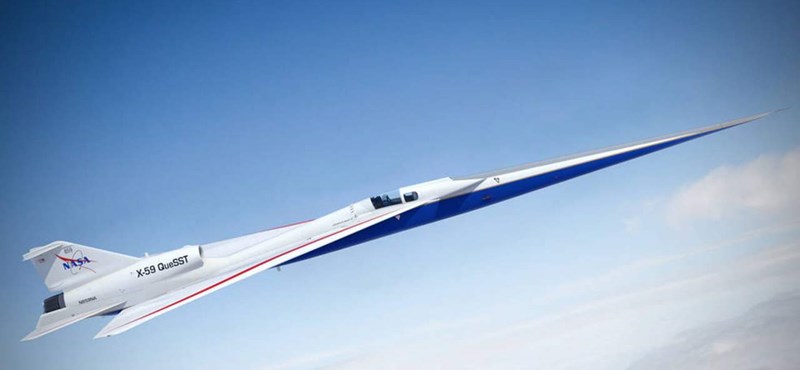
The number of editorial boards independent of power is steadily declining, and those that do still exist are trying to stay afloat under growing headwinds. At HVG, we persevere and never give in to pressure, bringing local and international news every day.
That’s why we ask you, our readers, to support us! We promise to continue to give you the best we can!
Recommended from the first page
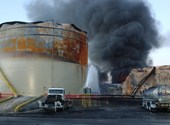
Bets are all we have in common. There could be no greater reason to speak up, but none to convince or at least sway the arguments. Opinion.









